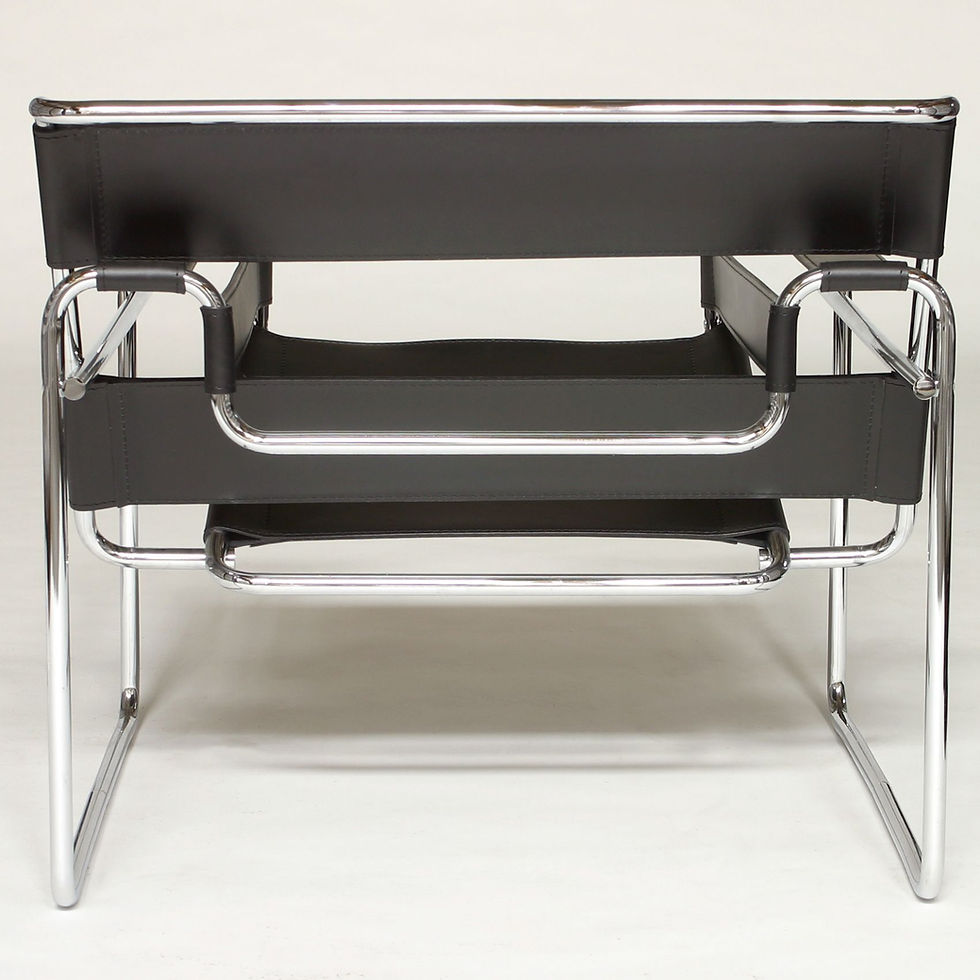TABLE LAMP 1924
ABOUT THE QUALITY
Base in ground glass. Stem in tubular glass with chrome-plated rod inside. Shade in milky-white glass blown on a wooden mould. Maximum recommended bulb is 60W. Made in Italy.
ABOUT THE PRODUCT
Designed in 1924 by Wilhelm Wagenfeld, the small, elegant table lamp looks as simple as a lamp post. This version of the famous Wagenfeld metal table lamp created in the same year has a glass base and a glass rod, in which a nickel-plated 10 mm diameter tube accommodates the cord. This object, known as the “Bauhaus lamp,” embodies an essential idea—form follows function—advanced by the influential Bauhaus school, founded in 1919 by the architect Walter Gropius, which taught a modern synthesis of both fine and applied arts. Through the employment of simple geometric shapes—circular base, cylindrical shaft, and spherical shade—Wagenfeld and Jucker achieved “both maximum simplicity and, in terms of time and materials, greatest economy.” The lamp’s working parts are visible; the opaque glass shade, a type formerly used only for industrial lighting, helps to diffuse the light.
ABOUT THE DESIGNER
Wilhelm Wagenfeld
Wilhelm Wagenfeld, born in Bremen in 1900, studied at the Kunstgewerbeschule and after he started his apprenditiceship as a silveremith. In 1923 he was a student at the metal work laboratory of the Bauhaus, ran by Moholy-Nagy, Wagenfeld become assistent in 1926 and teacher in 1929. In the ensuing years he began to work in industry: the Jenaer Glaswerke, the Vereinigte Lausitze Glaswerke, and the Rosenthal porcelain factory. After the war, Wagenfeld moved to Berlin where he taught industrial design, first at the Leibruitz Academy and then at the Fine Arts School. Wagenfeld, well known a “the modern craftsman”, managed to fit in with the industrial system. Not surprisingly, his name is closely linked to Bauhaus in Weimar, an astonishing incubator of pioneering experimentation and applied arts.




























